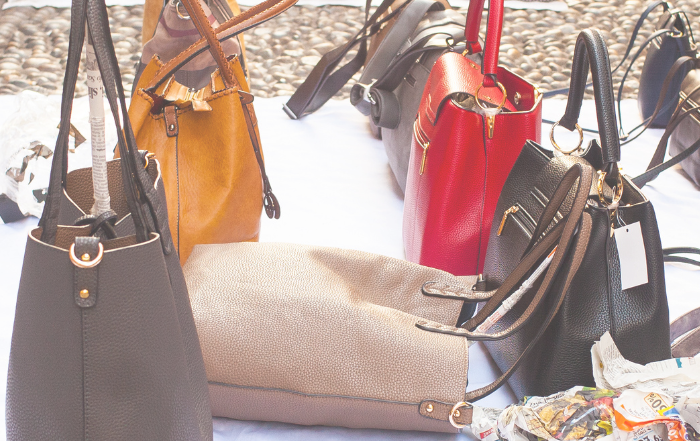I have long been interested in language - from studying two modern foreign languages at A-level, to writing a dissertation at University as part of my Law degree on the topic of "legalese" (comparing the French and English legal languages), and another on the translation and transliteration of trade marks.
A recent webinar got me thinking about how we define the word "counterfeit", particularly when we are devising anti-counterfeiting strategies and also as consumers. What about a "replica" or "knock-off" product? Do these count as "counterfeits"?
Starting with "counterfeit", I found a few definitions from a variety of sources that initially appear quite similar (for example, all of the definitions specifically mention trade marks or IP) but upon closer inspection, they have some interesting differences:
- Meta (Instagram/Facebook etc) - "A counterfeit good is a knock-off or replica version of another company's product. It usually copies the trademark (name or logo) and/or distinctive features of that other company's product to imitate a genuine product"
- World Trade Organisation (WTO) - "Unauthorized representation of a registered trademark carried on goods identical or similar to goods for which the trademark is registered, with a view to deceiving the purchaser into believing that he/she is buying the original goods"
- Wish Merchant - "Counterfeit products are designed to resemble authentic products. Visually, counterfeit goods may look almost identical to the original authentic products, but often are made from low-quality materials. Counterfeit goods involve the unauthorized use of the intellectual property of a brand owner by using the brand owner’s trademarks to deceive consumers into believing they have purchased a genuine product"
- Women's Wear Daily - "Essentially a product that is identical to another product, and thereby infringes upon the trademark of that product mark (trademark). These are typically sold online, and via street corner and back-alley vendors"
Firstly, one of the most interesting differences to me is that Meta's definition of "counterfeit" includes both "knock-off" and "replica" to explain the types of products in question. However, other sources quite strictly define a difference between these three terms. For example:
- Wish Merchant considers that a "knock-off" product is quite different to a "counterfeit" product -
"...a knockoff can resemble a branded, authentic product, but generally will not be identical to it. Knockoff products do not contain identical trademarks or logos of the original product. For example, knockoff items may have misspellings of the brand name on the product and consumers may understand that they are not buying an authentic product"
- Women's Wear Daily goes a step further and separately defines both "replica" and "knock-off" as follows:
Knockoff: A product that resembles another item, but isn’t exactly identical. Can be found online and in stores, often at reputable retailers or brands, usually at a cheaper price than the original items that inspired them. Not illegal, but can be challenged in court by the brand that inspired the design.
Replica: A relatively new term coined by counterfeiters to promote their products online. When replicas are identical to existing marks, it is illegal. But there are offerings online...that resemble a design, but is not identical, therefore it is similar to a knockoff.
Secondly, only two of the definitions of "counterfeit" mention deception. The WTO refers to an intention to deceive a purchaser into believing that they are buying genuine products, and Wish Merchant states that using a brand owner's trade mark will "deceive consumers into believing they have purchased a genuine product".
An interesting question that springs to mind here is whether or not "knock-off" or "replica" products (if we accept that the three types of goods are different) are also deceptive. The definitions provided by Wish and Women's Wear Daily above for "knock-off" and "replica" seem to imply that these goods resemble a genuine product but that the clear differences such as missing logos, misspellings and cheaper price points mean that consumers are not deceived into believing that these goods are legitimate.
Perhaps that is the key difference then - "counterfeits" directly copy a product (design details and trade marks included), whereas "knock-offs" and "replicas" merely mimic a genuine product with clear differences and omissions so that consumers are not deceived.
Nonetheless, as a brand owner, it is easy to see why all of these types of goods are problematic. Even a "knock-off" or "replica" product could still result in a loss of sales if a cheaper, highly similar version is available on the market and consumers are not concerned about incorrect or missing branding given the lower price point. Where trade marks are not imitated or used on a fake product, design protection can be a helpful back-up to deal with goods of this type.
With the counterfeit goods market estimated to be worth over $500billion per year, and regardless of differing definitions, a clear anti-counterfeiting strategy is vital for companies of all sizes and our team is extremely well-placed to assist with both physical and online enforcement strategies.



